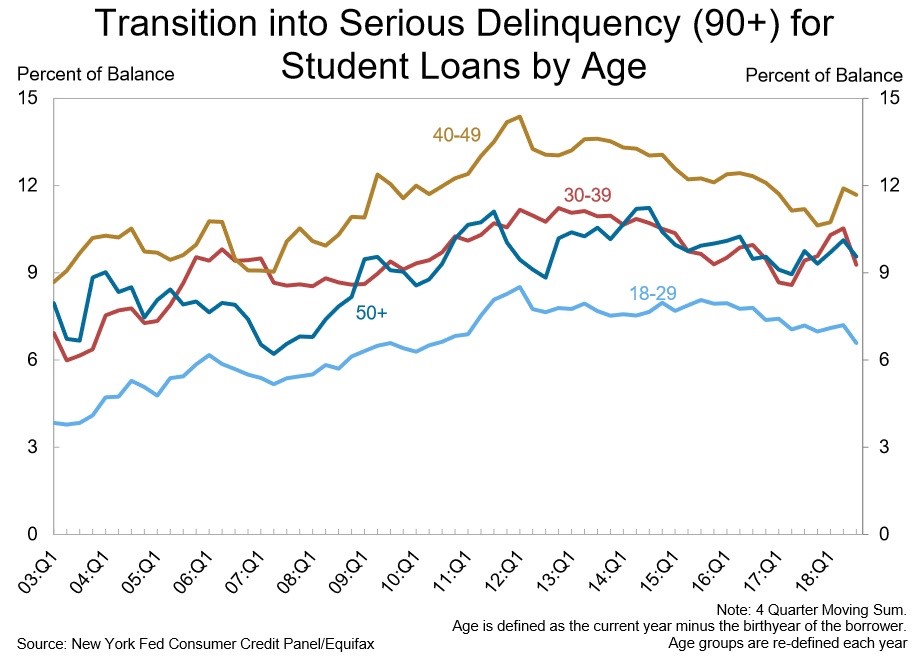Economic Forecast 2020
A Bet on the Economy
Just like the outcome of the World Series, if a person could predict the future of the economy, they would be a very wealthy individual. In the same way that player statistics and game record narrow down the contenders for the World Series, especially as each season progresses, it isn’t until several games into the Series, itself, that that the outcome is clear. The economy has different, albeit important, statistical indicators as to where its outcome will be in the years ahead. As with baseball, it becomes more challenging to predict outcomes many years out. And of course, in the same way that 86 years of data predicted the Red Sox would lose the World Series in 2004, there are upsets like the financial crisis in 2008 and 2009 that are difficult to predict. However, trusted financial indicators deserve methodical analysis to narrow down the list of possible economic outcomes. One such indicator of the behavior of the U.S. Treasuries yield curve.
The Yield Curve
An inverted yield curve, when the yields on U.S. Treasuries with longer maturities are lower than the yields on U.S. Treasuries with shorter maturities, has preceded every recession since 1950. The spread between the yield on the 10-Year Treasury Note and the 2-Year Treasury Note is the most common threshold for determining an inversion. When the spread between the 10-Year Treasury and the 2-Year Treasury goes negative, the yield curve is considered inverted. In August 2019, the yield curve, according to the 10-Year less the 2-Year yields, inverted for the first time since the Great Recession.

The red line indicates an inversion. Data source: https://www.treasury.gov/resource-center/data-chart-center/interest-rates/
However, it is important to consider that not every yield curve inversion has been immediately succeeded by a recession. In fact, it is not accurate to expect, with certainty, a recession within the next two years, which is often the conclusion drawn after an inversion.
For example, the spread went negative in June 1998 and a recession did not occur until January 2001. Moreover, when different measures of a yield curve inversion are considered, like the 10-year Treasury to 3-month Treasury spread or the 10-year Treasury to 1-year Treasury spread, it becomes even harder to determine the timing of recessions relative to an inversion. Since June 1976, there have been five recessions, which have followed yield curve inversions within 10 to 33 months. While economic cycles are an almost certainty, it is difficult to draw conclusions that the yield curve can predict these cycles with certainty. Analysis of the data also illustrates that the extent of an inversion is not strongly correlated to the size of the recession. Lastly, with the benefit of hindsight, the Federal Reserve is taking different actions to maintain economic stability. Compared to the Federal Reserve’s response to the inversion that preceded the Great Recession, the Federal Reserve has taken more preemptive action in lowering the Federal Funds rate in 2019. The Federal Reserve lowered rates several times in 2019, whereas the yield curve inverted in early 2006, and the Federal Reserve did not start cutting the Federal Funds Rate until August 2007.
A Recession of Our Own Making
The yield curve is a beneficial economic indicator, but it is important not to overstate its meaning. Many other indicators in the economy are strong right now: Unemployment in the U.S. is the lowest it has been since 1969. S&P 500 corporate earnings are strong. Trade negotiations between the U.S. and China are positively progressing. U.S. economic participants have control of our destiny: learn from the past and make disciplined investing, borrowing, and spending decisions, and perhaps we can avoid a recession of our own making.



 The Minneapolis-St. Paul apartment market has been consistently strong over the past decade, with vacancy rates remaining below 5% in the market over the past nine years. This has spurred a period of significant development that has continued through 2019. This should span into 2020, with more than 10,000 units expected to be delivered. This rise in apartment stock has not been spread throughout the metro, but has been concentrated in a few key areas, namely Downtown Minneapolis, in and around the University of Minnesota campus, and several clusters of suburban areas, primarily located near major highway intersections.
The Minneapolis-St. Paul apartment market has been consistently strong over the past decade, with vacancy rates remaining below 5% in the market over the past nine years. This has spurred a period of significant development that has continued through 2019. This should span into 2020, with more than 10,000 units expected to be delivered. This rise in apartment stock has not been spread throughout the metro, but has been concentrated in a few key areas, namely Downtown Minneapolis, in and around the University of Minnesota campus, and several clusters of suburban areas, primarily located near major highway intersections.